#most attractive 60s musician poll
Text
ROUND 1, MATCH 11


#and yes this poll is specific to how they looked in the 60s#john lennon#the beatles#joni mitchell#most attractive 60s musician poll
2K notes
·
View notes
Text
The 90s Song Ever - Round 1, Side A2
Alrighty, folks. We've suffered through 32 horrible polls. Ready for 32 more?
Beetlebum vs Are You That Somebody
Sway vs River Of Deceit
Hunger Strike vs Who Will Save Your Soul
Generator vs Bills, Bills, Bills
Doo Wop (That Thing) vs Finally
Tearin' Up My Heart vs Silence Kid
Enter Sandman vs Everybody (Backstreet's Back)
Boombastic vs I'll Be There For You
Yakko's World vs To Be With You
Cotton Eye Joe vs Amish Paradise
Nuthin' But A "G" Thang vs Basket Case
Dagger vs Seven
Rebel Girl vs Groove is in the Heart
Baby Got Back vs Hallelujah
Only Happy When It Rains vs Say You'll Be There
U Can't Touch This vs How Bizarre
Nancy Boy vs Cornflake Girl
Affirmation vs Don't Walk Away
The Fresh Prince of Bel-Air vs The Boy Is Mine
Scatman (Ski-Ba-Bop-Ba-Dop-Dop) vs Juicy
Buddy Holly vs Closing Time
Pony vs Wynona's Big Brown Beaver
Pretend We're Dead vs All I Wanna Do
Santeria vs Send Me On My Way
Birdhouse In Your Soul vs That Don't Impress Me Much
Vogue vs Brain Stew
Kiss Me vs These Are Days
MMMBop vs Black
Genie In A Bottle vs Bullet With Butterfly Wings
Tank! (Cowboy Bebop opening theme) vs Smells Like Nirvana
Mind Playing Tricks On Me vs (Everything I Do) I Do It For You
Friday I'm In Love vs Would?
This is the second part of a four-part Round 1; you can find all polls and results for the first part here. Feel free to send in unhinged propaganda, start pointless fights and debates, be insane in the tags. It's what we do around here.
Playlist with all the Side A1 and A2 songs!
Join ColosseumCord - we talk about music and other stuff here :)
Previous tournaments: #most attractive 90s musician, #90s album battle royale
Other music poll blogs: @the-80s-music-colosseum @the-70s-music-colosseum @60s-musician-tournament @80s-music-tourney @siblings-in-music-bracket @opera-music-tourney @70s-music-tourney @bestalbumsincethe80stournament
My main is @goodmotorfinger if anyone would like to witness me lose my mind over bands/cars/sci-fi on a regular basis!
23 notes
·
View notes
Text
Not in our name: Ethnic minorities don't care about your Proms culture war
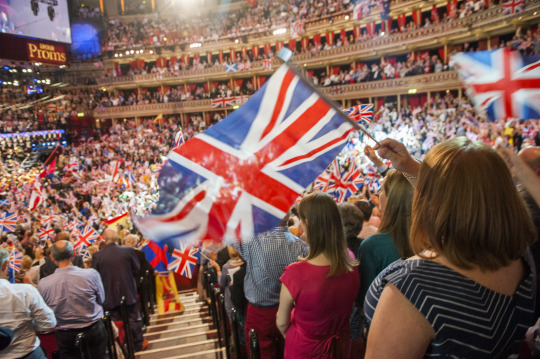
By Sunder Katwala
The debate over the last night of the Proms appears a hardy perennial. It is half a century since the BBC made a proposal to ditch the patriotic anthems in 1969 – in the hope of making the event "more attractive to 40 million viewers in Europe". That decision was reversed in response to media, political and public opposition. Even the liberal Guardian newspaper editorialised against the change. "The point about this famous Albert Hall occasion was that it was an unblushing piece of English nonsense," it wrote. "Are we now going to be ashamed of our national eccentricities?"
In 2020, there are two different reasons suggested for a change. One is practical: there will be no audience in the Royal Albert Hall this year and a much smaller orchestra. The BBC says that this is the reason to propose an instrumental version of the anthems for this year, with the singing returning when the audience does in 2021. But much more attention has been paid to the idea that the move is a response to the Black Lives Matter anti-racism protests. This appears to be because a handful of well-wishers and a larger number of opponents have been happy to assume that this is the sort of thing that the movement must want.
It was Richard Morrison, the long-standing art critic of The Times, who began this year's debate with a magazine piece. His article suggests two motivations. Firstly, that he has personally never liked the Last Night of the Proms and would love to ditch what he called the "unholy trinity" of Land of Hope of Glory, Rule Britannia and Jerusalem. Secondly, that the Black Lives Matter protests appeared to offer the opportunity and the moment to pursue this long-standing preference.
Morrison is entitled to his view. But his language, that it would be "insensitive, even incendiary" to continue, was clumsy. His premise – that supporters of Black Lives Matter would be hurt and upset by the continuation of the last night of the Proms – is an assumption for which the evidence is scant. So the use of "incendiary" was a hyperbolic claim, bringing to mind hackneyed images of rioting and violence about something that few people care about at all.
The debate then continued when Sunday newspaper reports suggested that the Finnish conductor of this year's proms shared the view that it was a good opportunity to ditch the patriotic songs. She has since stated that the reports were inaccurate.
So what do ethnic minorities actually think about the last night of the Proms? The most plausible answer is: Not much and not often. The important and necessary caveat is that there is no unified view of this issue, held by two million black people, nor among eight million people who are not white.
The polls on the last night of the Proms are typical of most polling in the country. Ethnic minorities are a bigger share of the population than the under-24s but are not a standard break in opinion polling. Generally, there is considerably less information on the views of the one-in-six people in Britain who are not white than on just about every other demographic. Pollsters have recently begun to step up their efforts to fill this gap.
Overall, support for ditching the patriotic anthems runs at about a quarter of the support of the Black Lives Matter protests. Clearly, only a minority of supporters of the Black Lives Matter protests oppose the last night of the Proms – reflecting the fact that this is not something that campaigners or protestors have called for or prioritised.
In July, YouGov found that 11% would drop the songs while 69% would keep them. In the same poll, 42% of people described themselves as supporters of the Black Lives Matter protests. Support for ditching the proms is somewhat higher among sections of the population who are most supportive of the Black Lives Matter movement. For example, 71% of Labour voters are supportive of the Black Lives Matter protests, while 21% would ditch the songs from the Proms. Keir Starmer reflects the views of most Labour voters in believing that keeping the songs as a "staple of the British summer" is compatible with a critical interrogation of British history. Similarly, just 14% of Liberal Democrat voters polled would ditch the anthems while more than six out of ten support Black Lives Matter.
Recent polling suggests that support among ethnic minorities for the Black Lives Matter protests is around seven out of ten people. Two-thirds of ethnic minorities say that their concerns about racism appear well reflected by the protests – and about a quarter of ethnic minority respondents say that they participated in or actively supported the protests in some way.
This pattern makes it plausible to estimate that between one-in-ten to one-in-five ethnic minorities would support ditching the Proms anthems. It is very unlikely to have majority support among non-white Britons. Attitudes towards the last night of the Proms differ by age and social class, by education, by geography and by politics. Those demographic drivers of attitudes will have some influence among black and Asian Britain too.
The issue may well matter more to ethnic minority musicians than to the public at large. Chi-Chi Nwanoku revealed that she had been lobbying the BBC to ditch the songs. As the founder of Chineke, the largest BAME-led orchestra in Britain or Europe, she has a good claim to be the most influential black British classical musician today. Nwanoku also wrote a public letter emphasising a broader set of changes for the classical music sector.
Those working for race equality in classical music have expressed a range of different views of whether changing the proms would help or hinder this broader agenda. Saxophonist Nate Holder would rather see more understanding of the context than the removal of the songs. Oboist and researcher Uchenna Ngwe said she wanted to see bigger issues dealt with. "We don't need any more pointless symbolic moves," she tweeted. There does not seem to have been any structured attempt to assess where the overall balance of views among musicians from minority backgrounds currently lies.
Outside of classical music, my own anecdotal effort to assess ethnic minority opinion on Twitter resulted in a broad landslide for indifference. Only a handful supported ditching the anthems. And similarly only a few people cared about and enjoyed the proms. Most were indifferent to them. A number of those who found the spectacle a bit "cringey" didn't think the issue was worth the argument, while others thought it was wrong to remove something that other people enjoyed. There was an overwhelming frustration at the level of profile of the debate and concern at how divisive it could become.
A recent Hope Not Hate poll, of 1,000 ethnic minority respondents, illuminates some of the reasons why ethnic minority opinion will be ambivalent and sceptical about the proposal to ditch the proms.
There is a broad majority among ethnic minorities - around two-thirds - who support the removal of the statues of slavers. Yet most respondents also expressed scepticism about the focus on statues: a very wide majority of 60% to 15% feel that this has become a distraction from substantive issues of race equality.
History matters. The strongest consensus - across ethnic minorities and the white majority - is for teaching the history of Empire, including its controversies, in schools. That is a much higher priority for most ethnic minority Britons than changing the Proms would be.
Asked about removing negative portrayals of ethnic minorities on films and television, opinion divides. 'It's complicated' would sum up the median view - context matters, with a significant difference between egregious and trivial examples.
A majority of ethnic minority respondents agreed with the idea that the statues debate represented "political correctness" going too far – by 52% to 22% - showing a concern to differentiate between the most egregious examples and a sweeping 'year zero' idea of interrogating every historical figure by contemporary standards.
Here, people often welcome the social moves against name-calling and slurs against ethnic minorities, while remaining sceptical about arguments over Easter Eggs, nativity plays and symbols like the proms.
Individual views of the Last Night of the Proms will, of course, differ. But the general view of ethnic minority Britons could be summed up as one of frustration that these polarising culture wars misrepresent and trivialise ethnic minority concerns about race equality.
In other words: Have your silly season media culture war over the Proms if you really must. But not in our name, thank you very much.
2 notes
·
View notes
Text
Mainstream news media created the conditions in which a bottom-feeder like Trump could thrive by focusing on celebrity culture to encourage conspicuous consumption
AARP the Magazine is thus a small part of the giant propaganda machine that created the celebrity culture that created Donald Trump. It took from the first stirrings of consumer culture in the 1890’s until the 21st century for the focus on celebrity to pollute our marketplace of ideas enough for a toxic algae boom like Donald Trump to emerge (with apologies to algae blooms worldwide!). But unlike cleaning up the environment, saving our political discourse is conceptually easy—all the news media has to do is dedicate more of its feature coverage to those whose accomplishments can’t be measured by money made or spent, and cease to cover every issue like a reality show featuring celebrities. Not one big action, but a bunch of little actions are needed to stem the tide of celebrity culture. AARP could do its part by working into the mix a healthy share of scientists, historians, civic leaders, activists and literary figures into Big5-Oh and other parts of the magazine.
Those seeking to put the Trump phenomenon in a broader context will usually point out that his rhetoric and actions typically stay within the margins of 21st century Republican thought, especially as it concerns taxes, regulation, healthcare insurance, women’s health issues and white supremacy. Sometimes Trump has extended those margins with more outrageous versions of standard Republican fare. Others label Trumpism as the American version of the movement throughout the West to embrace ultranationalist, anti-immigration autocrats.
As insightful as these analyses are, they miss Trump’s cultural significance. Not only does Trump represent the bitterly racist and classist endgame of Ronald Reagan’s “politics of selfishness,” he also is the apotheosis of our cultural decline into celebrity-fueled consumerism. Remember that in the real world, Trump was a terrible and unethical businessperson who drove companies into bankruptcy six times; had at least a dozen failed business ventures based on his most valuable asset, his brand name; lost money for virtually all his investors; often lied to banks and governmental agencies; and has been sued by literally thousands of people for nonpayment or breach of contract.
But while Trumpty-Dumpty was engaging in a one-man business wrecking crew he managed to get his name in the newspaper for his conspicuous consumption, his attendance at celebrity parties and his various marriage and romances. His television show was a hit, which reaped him even more publicity. But make no mistake about it, before he started his run for political office by promoting the vicious, racially tinged lie that Obama hails from Kenya, the public recognized Trump primarily for the attributes he shared with the British royal family, the Kardashians, Gosselins, Robertsons, the housewives of New Jersey, Atlanta, South Beach and elsewhere, Duane Chapman, Betheny Frankel, Paris Hilton and the rest of the self-centered lot of rich and famous folk known only for being rich and famous and spending obnoxious sums of money.
Trump’s celebrity status always hinted at his master-of-the-universe skills in business and “The Apprentice” never missed an opportunity to reinforce that false myth. Thus, whereas the business world recognized Donald Trump as the ultimate loser, celebrity culture glorified him as one of the greatest business geniuses in human history. It was this public perception of Trump—completely opposite of reality—that gave him the street cred he needed to attract unsophisticated voters. Trump is completely a creation of celebrity culture.
When we consider the general intellectual, moral and cultural climate of an era—the Zeitgeist, which in German means the “spirit of the age”—we often focus on defining events such as presidential assassinations, Woodstock, the moon landing, 9/11, the election of the first non-white president. But a Zeitgeist comprises thousands upon thousands of specific events, trends and personal choices.
Which brings us—finally—to the subject of this article, AARP the Magazine, the semi-monthly slick magazine of the American Association of Retired People (AARP). The magazine usually uses celebrities and celebrity culture to give tips on personal finances, health, careers, relationships, retirement and lifestyle to its members, people over the age of 50. Because AARP membership rolls is so enormous, I have no doubt that AARP is one of the four or five most well-read periodicals in the United States.
Now AARP the organization must have many qualms about Trump and Trumpism. Trump has already rolled back consumer protections that prevent seniors from being taken advantage of by both big businesses and small-time con artists. Trump is vowing to dedicate his second term to cutting Social Security and Medicare, two programs of utmost importance to the well-being of AARP’s members. The leadership of AARP certainly understands that Trump’s cruelly aggressive effort to end immigration from non-European countries is the main cause for the growing shortages of the home care workers so vital to many if not most people in their final years. They must also realize that a tariff war affects people on fixed incomes the most.
What AARP leaders—of the organization and magazine—show no signs of understanding is that they played a role in creating the monster. The focus of AARP the Magazine and the other AARP member publication on promoting celebrity culture helped to create the playing field that Trump dominates—that shadow land of aspirations for attention and materialism in which all emotional values reduce to buying and consumption and our heroes have either done nothing to deserve their renown or have worked in the mass entertainment industries of TV, movies, sports and pop music.
As an example of how celebrity culture permeates and controls the aspirational messages of AARP the Magazine, let’s turn to the feature on the last page of every issue, something called “Big5-Oh”: Big5-Oh always has a paragraph story with photos of a famous person who is turning 50 sometime during the two months covered by the issue. The bottom third of the page consists of one-sentence vignettes with head-and-shoulder photos of famous people turning 50, 60, 70 and 80. The copy typically describes something the famous person is doing that demonstrates she or he is continuing to thrive and do great things despite advancing age.
I’ve seen Big5-Oh in every issue of AARP I have ever read, and I have perused each issue for about 18 years. And in every issue, the famous people mentioned are virtually all celebrities, by which I mean actors, pop musicians, sports stars and those known only for being known like the Kardashians and Snooki. Only quite rarely a film director, popular writer or scientist sneaks in.
The latest issue, covering August and September 2019 exemplifies the celebrity-driven approach that hammers home the idea that only celebrities matter (since it’s only their birthdays and ages that are seemed worth memorializing). The featured person turning 50 is Tyler Perry, an actor and writer-director. The smaller features include four actor, Catherine Zeta-Jones, Jason Alexander, Richard Gere and Lilly Tomlin, plus the athlete Magic Johnson and the rock star Bruce Springsteen.
Not one scientist, not one historian or sociologist. Not one civic leader, politician, physician, novelist, poet or classical or jazz musician. No astronaut, architect or engineer. I did a little cursory research to come up with a reconceived Big5-Oh for August and September 2019: The big feature, always about someone turning 50, could be the chess player Ben Finegold, the best-selling but much scandalized popular writer James Frey or the filmmaker Noah Baumbach. That’s pretty much a wash with Tyler Perry. If I were editor of this feature, I would probably still pick Tyler Perry over this competition.
But when we get to people who turned 60 and 70 during these months, you realize how much celebrity culture guided the editor’s choice of subjects: ignored are the designer Michael Kors, the current governor of Virginia Ralph Northam, the distinguished Spanish filmmaker Pedro Almodovar, the even more distinguished journalist James Fallows, the important literary novelists Jane Smiley, Martin Amis and Jonathan Franzen, the leader of the Irish Green Party, astronaut Scott Altman and Beverly Barnes, the first woman to captain a Boeing 747. All these people are non-celebrities and all have made more significant and lasting contributions to America than the people the column’s editor selected, with the possible exception of Magic Johnson and Bruce Springsteen.
What’s more significant, though, is including some of these people instead of all celebrities would make an important message about what we value in our society. It would say that we honor the intellectual contributions of our writers, scientists, knowledge professionals and civic leaders. The fact that AARP always selects celebrities for Big5-Oh and tends to build other stories and features around celebrities makes the opposite message about value—that all that matters is the gossip surrounding celebrities and the promotion of celebrity culture.
Now AARP shares the blame for our culture’s emphasis on shallow consumerism and superficial celebrities with many of our cultural organizations and educational institutions. For example, the political reporting of the mainstream media reduces all political discourse to celebrity terms—name-calling, who is feuding with whom, who’s winning in the polls, the skeleton-closet scandals of the candidates’ families, which celebrities love and hate them, zingers and misstatements, the candidates’ theme songs and other main themes of celebrity culture. Notice that Trump is as much a master in these endeavors as he is an inexperienced and ignorant buffoon in matters related to governance such as policy, history, the inner workings of the government and the scientific research informing governmental decisions. Note, too, that based on how much ink and space is given to endorsements by the media, in the hierarchy of value, celebrities rate above elected officials who rate above unions, business and scientific organizations and luminaries in fields other than entertainment.
1 note
·
View note
Text
Discussion Article Jan 27th
The best place to live in the Japanese countryside? Kyushu, poll respondents say
Sometimes, it seems like all of Japan is slowly being drawn into Tokyo. As the county’s economic, educational, political, and even entertainment capital, for many people born elsewhere in Japan, it’s not so much a matter of if they’ll move to the country’s biggest city, but when.
But as in any society, not everyone in Japan is enthralled with urban living. After enough time in the concrete jungles of Japan’s major metropolises, anyone can find themselves thinking about packing up and moving someplace where the horizon is dotted with forests instead of skyscrapers.
Of course, pulling up stakes and moving to a rural part of the country can be an intimidating proposal. Helping to take some of the uncertainty out of the equation is publisher Takarajimasha, which recently released the results of a survey on which bucolic town people in Japan would most like to move to. Starting with a list of 137 candidate cities, Takarajima asked participants 70 questions in seven categories related to the natural environment, support systems for new arrivals, and child-rearing issues. Questions about help for job seekers, health care facilities, and transportation infrastructure were included as well.
Although there are large patches of rural communities on each of Japan’s four main islands, the runaway winner was the southern island of Kyushu. All four of the highest ranked cities are located there, with the two towns tied for third, Bungotakada and Taketa, both located in Oita Prefecture.
Bungotakada received high marks as a place to raise a family, with respondents praising its educational and housing support systems. Parts of the town of less then 30,000 residents have even been modeled in an attempt to preserve the relaxed atmosphere of the 1950s and ‘60s.
Located in the southwest corner of the prefecture, Taketa’s historical vibe stretches back even further with its connection to Rentaro Taki, one of Japan’s most beloved composers from the beginning of the 20th century. Taki, whose life was tragically cut short by tuberculosis at the age of 23, was inspired by the ruins of Taketa’s Oka Castle when creating his best-known song, "Kojo no Tsuki" (The Moon Over the Ruined Castle).
In more modern times, Taketa has seen a stream of craftsmen moving to the city, sparking a mini-renaissance in fabric dying, woodworking, and paper craft. Recent arrivals have also expressed their appreciation for the town’s consultation counter for those who have just moved to the city, which is open on weekends. Even more impressive, the city has also opened an office in Tokyo to assist those thinking of moving from Japan’s largest city to 25,000-person Taketa.
In second place was Takeo in Saga Prefecture. Takeo is a little bigger than the two previous entries, with a population of 50,000 people. However, the loss in solitude is offset by a gain in convenience, as Takeo is just 50 minutes from Ariake Saga airport, as well as an hour from Fukuoka Airport and the high speed Shinkansen rail service that runs through Fukuoka City’s Hakata Station.
Takeo has also received a bit of recent media attention for its collaboration with national video rental and bookstore chain Tsutaya, which has been involved in keeping the local library well-stocked, plus the local government’s push for greater interaction with citizens through the city’s official Facebook page. New arrivals can look forward to the support of four city employees employed to help them settle in, as well as a non-profit organization involved in restoring traditional Japanese-style houses for new owners.
Finally, the top of the list takes us back to Oita Prefecture and Usa City. Like Taketa, Usa can claim significant cultural and historical value. Its Usa Jingu serves as the head shrine for the 400,000 branches scattered throughout Japan dedicated to the Shinto deity Hachiman.
Other local attractions include the ruins of Teruoka Castle, as well as the boyhood home of Futabayama, a grand champion sumo wrestler of the 1930s and ‘40s. In more recent times, Usa is said to be the home of the first karaage (Japanese-style fried chicken) takeout stands that have been proliferating in Japan over the last few years. Usa also has its own quirky mascot character, Lucky Usa, designed by a musician from the popular dance/vocal group Exile who shares his name with the town (although Usa the performer was born in Kanagawa Prefecture, not Oita).
Of course, if you can’t live without the excitement of new people to meet every day or the convenience of a grocery store five minutes away by foot, these towns might not be for you. But the next time you find yourself pressed against a dozen other commuters on a Tokyo subway train, just remember that it doesn’t have to be like that, because there’s always space in Kyushu.
0 notes
Text
ROUND 1, MATCH 14

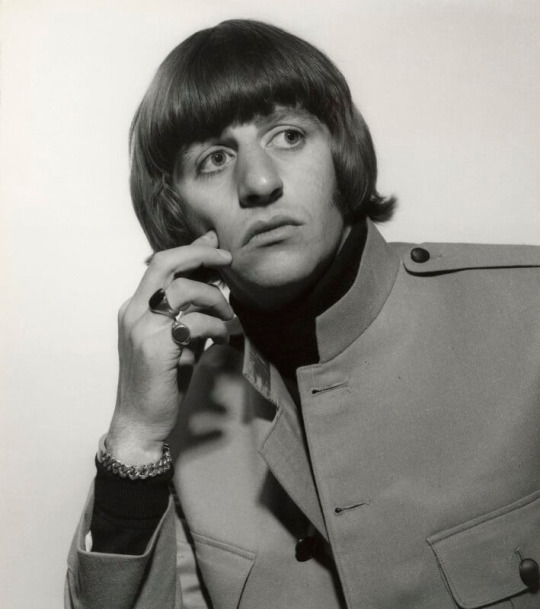
436 notes
·
View notes
Text
FINAL ROUND.
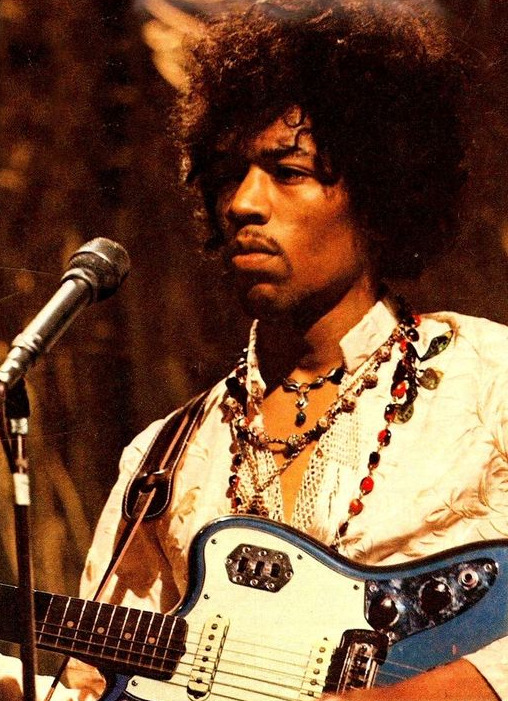



#theyre finalists they get 2 pics because i couldnt decide on just 1 ^__^#most attractive 60s musician poll#joan baez#jimi hendrix
376 notes
·
View notes
Text
ROUND 1, MATCH 16

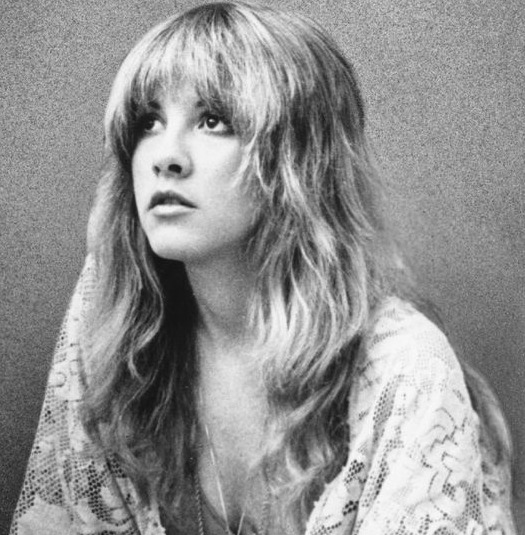
#most attractive 60s musician poll#ok yeah this one's fucked up. my bad#disclaimer: actually don't know if the stevie nicks photo is from the 60s bc its hard to find Allegedly 60s pics where ppl arent#arguing if its actually from the 70s#dolly parton#stevie nicks
390 notes
·
View notes
Text
ROUND 1, MATCH 10


225 notes
·
View notes
Text
ROUND 1, MATCH 6
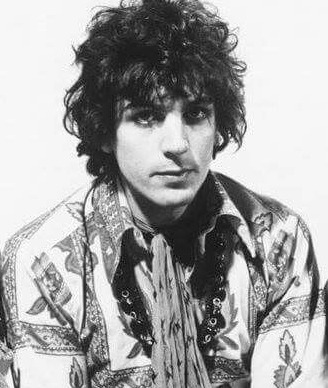

166 notes
·
View notes
Text
ROUND 1, MATCH 2
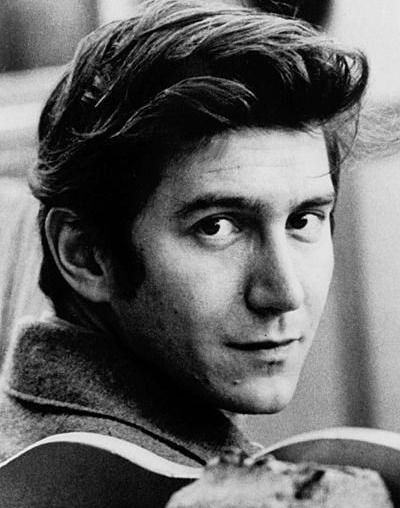
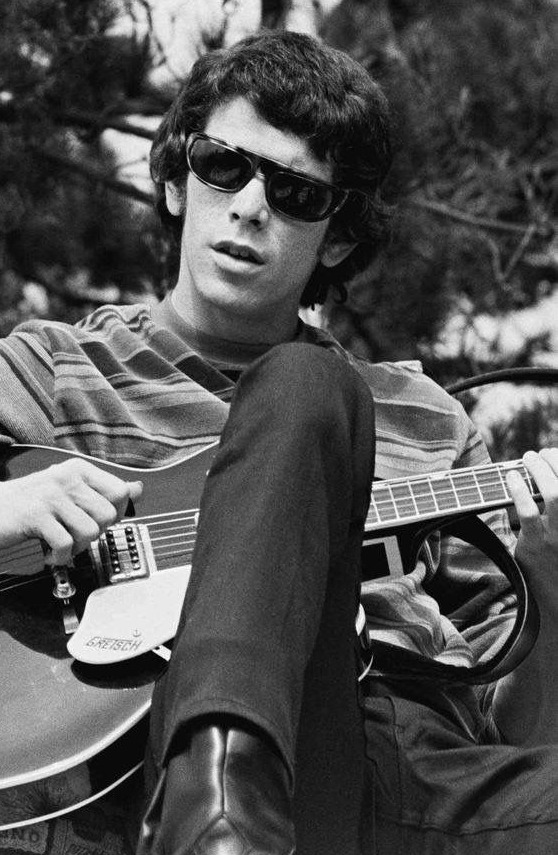
188 notes
·
View notes
Text
ROUND 1, MATCH 1


jim v. jim edition !
187 notes
·
View notes
Text
ROUND 3, MATCH 4

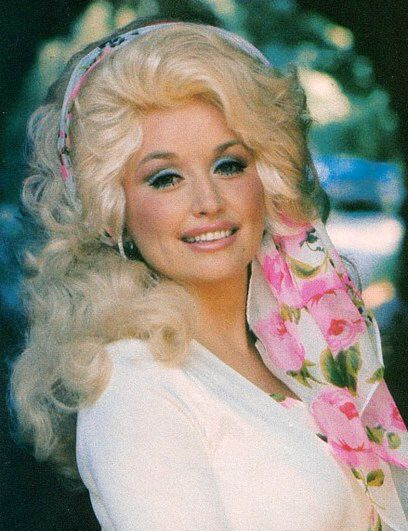
120 notes
·
View notes
Text
ROUND 2, MATCH 5

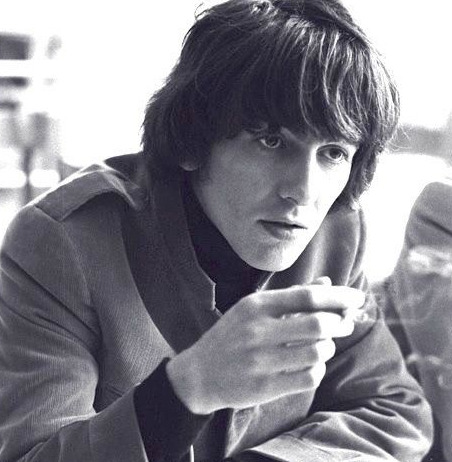
146 notes
·
View notes
Text
ROUND 1, MATCH 4

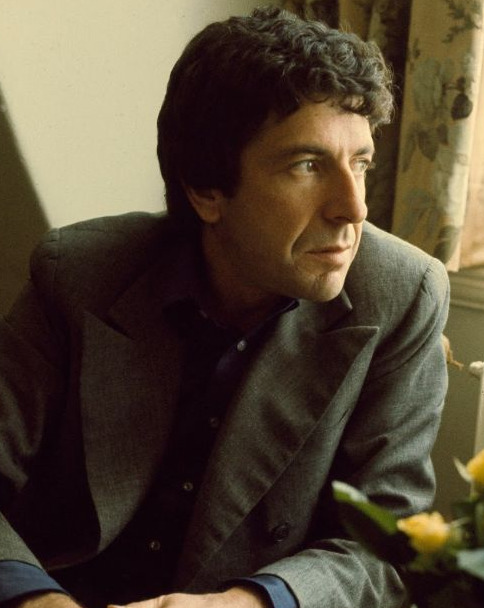
#most attractive 60s musician poll#debbie harry#wind in the willows#leonard cohen#*please see notes in pinned re: debbie harry before u put it in my ask box
137 notes
·
View notes
Text
ROUND 1, MATCH 3


138 notes
·
View notes